Development and Adoption of E-Learning Course on Descriptive Geometry for Hearing-Impaired Students
Author(s)
Olga V. Zhuykova, Candidate of Sciences (Pedagogy), Head of the Department of Engineering Graphics and Advertising Technology, ORCID https://orcid.org/0000-0002-0609-0217, Kalashnikov Izhevsk State Technical University
7 Studencheskaya St, Izhevsk, Russia, 426069, tel.: +7 (3412) 776055, e-mail: This email address is being protected from spambots. You need JavaScript enabled to view it.
Yuliya V. Krasavina, Candidate of Sciences (Pedagogy), Acting Head of the Department of Vocational Education, ORCID https://orcid.org/0000-0001-9250-7631, Kalashnikov Izhevsk State Technical University
7 Studencheskaya St, Izhevsk, Russia, 426069, tel.: +7 (3412) 776055, e-mail: This email address is being protected from spambots. You need JavaScript enabled to view it.
Yuliya V. Serebryakova, Candidate of Sciences, (Culturology), Associate Professor, Head of the Department of Humanities, Socio- Economic and Natural Sciences, ORCID https://orcid.org/0000-0003-2229-8963, Izhevsk Law Institute – the branch of The All-Russian State University of Justice (RLA of the Ministry of Justice of Russia)
23 Zarechnoe shosse, Izhevsk, Russia, 426052, tel.: +7 (3412) 940300 e-mail: This email address is being protected from spambots. You need JavaScript enabled to view it.
Ekaterina P. Ponomarenko, Senior Lecturer, the Department of English language, ORCID https://orcid.org/0000-0002-8764-8998, Kalashnikov Izhevsk State Technical University
7 Studencheskaya St, Izhevsk, Russia, 426069, tel.: +7 (3412) 776055, e-mail: This email address is being protected from spambots. You need JavaScript enabled to view it.
Abstract. Introduction. The paper describes the use of distance educational technologies at M. T. Kalashnikov Izhevsk State Technical University for students with hearing impairment. The paper aims to present preliminary results of the use of an e-course, which takes into account their special educational needs caused by specific features of their thinking models and information perception.
Materials and methods. This paper demonstrates the students’ assignment scores and the outcomes of the questionnaire survey on their independent work with the e-course in descriptive geometry. These results are based on testing, survey, and observations made by teachers.
Results. The paper presents a structure of the e-course on descriptive geometry, its resources, and elements. The e-course includes educational PowerPoint presentations, lecture notes, students’ work- books, step-by-step instructions for doing tasks, electronic teaching aids, animated videos, 3D models, drawings, educational layouts, reference books, and National Standards. The assignment scores and the findings of the questionnaire survey on work with the course are discussed.
Conclusion. The introduction of the e-course on descriptive geometry for hearing-impaired students at a technical university facilitates better understanding and efficient learning. It is however necessary to take into account some difficulties encountered by these students during their independent work with e-resources.
Keywords: distance technologies, e-learning course, descriptive geometry, teaching students with hearing impairments.
For citation: Zhuykova O. V., Krasavina Yu. V., Ponomarenko E. P. Development and Adoption of E-Learning Course on Descriptive Geometry for Hearing-Impaired Students. Pedagogicheskiy IMIDZH = Pedagogical IMAGE. 2020; 14(4): 607–618. DOI: 10.32343/2409-5052-2020-14-4-607-618
UDС: 371.68+376.33
DOI: 10.32343/2409-5052-2020-14-4-607-618






